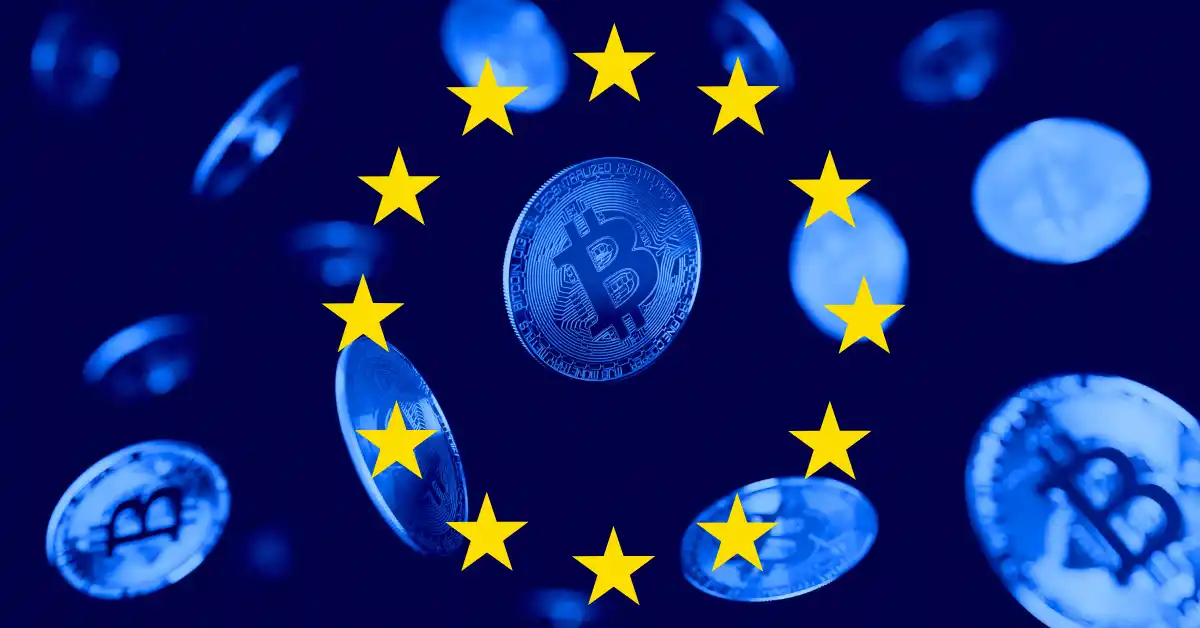Navigating the Intersection of AI, Blockchain, and Data Privacy in Europe
Artificial Intelligence (AI) stands as one of the defining technological revolutions of our time, much like blockchain has reshaped concepts of transparency and decentralization. When we consider AI within the framework of Europe’s strict privacy regulations and the emerging challenges reflected in recent regulatory discussions — such as those concerning blockchain and Bitcoin — a complex relationship unfolds, demanding a nuanced understanding of technology, law, and ethics.
The Confluence of AI and Data Privacy Regulations
AI systems predominantly rely on vast datasets to learn, adapt, and deliver value, often requiring personal data to function effectively. The GDPR, Europe’s landmark data protection law, takes center stage in regulating how this data is handled. Essential GDPR principles, including data minimization, purpose limitation, transparency, and individuals’ rights over their data, present both constraints and guiding frameworks for AI deployment.
The regulatory scrutiny surrounding blockchain, particularly the classification of Bitcoin public keys as personal data, mirrors similar challenges AI developers face. For AI, the issues often revolve around ensuring lawful data collection, providing explainability, and guaranteeing that individual rights such as data access and erasure are respected even when AI models use complex, sometimes opaque, mechanisms.
AI’s Data Dependency and the Immutability Paradox
The GDPR-driven “immutability paradox” gripping blockchain discussions reveals an enlightening parallel for AI. While blockchain’s fixed ledger clashes with GDPR’s erasure requirements, AI’s training data similarly faces questions: How do you ensure a user’s “right to be forgotten” is honored when data influences a model’s parameters in non-reversible ways?
This interplay suggests that, like blockchain, AI requires innovative approaches to harmonize with data protection standards without sacrificing core functionalities. Techniques such as federated learning, differential privacy, and explainable AI are already emerging to bridge these gaps by limiting data exposure and enhancing transparency.
Regulatory Implications for AI Innovation in the EU
Europe’s commitment to rigorous data protection simultaneously safeguards citizens and poses hurdles for AI innovation. Much like the cryptocurrency ecosystem confronting EDPB guidelines, AI ventures must navigate:
– Compliance Complexity: Adhering to GDPR demands frames AI system design and operational realities, influencing how companies collect, process, and retain data.
– Transparency Expectations: The need for clear explanations of AI decisions to regulators and users drives investments in explainability, yet raises questions about intellectual property and competitive advantage.
– Potential Market Limitations: Stringent laws may lead some AI firms to relocate R&D or data processing outside the EU, impacting economic competitiveness.
Without strategic adaptations, these challenges risk dampening Europe’s leadership in AI development as companies seek more permissive jurisdictions.
Harmonizing AI Development and Data Protection: The Path Forward
Constructive policy responses and technological innovations can reconcile AI’s promise with privacy imperatives:
– Policy Flexibility: Tailoring GDPR application, perhaps via sector-specific guidelines or risk-based frameworks, can provide clarity and proportionality for AI use cases.
– Privacy-Enhancing Technologies: Tools like homomorphic encryption and secure multi-party computation allow AI to operate on encrypted data, significantly reducing privacy risks.
– Stakeholder Collaboration: Dialogue among regulators, AI developers, privacy advocates, and users fosters balanced solutions that maintain trust and foster innovation.
The EU is at a pivotal juncture: by embracing these multidimensional approaches, it can nurture a regulatory environment that respects individual rights while catalyzing AI-driven societal benefits.
Conclusion: Embracing an Era of Responsible AI Innovation
Europe’s experience with blockchain regulation spotlights a fundamental challenge at the heart of AI development — how to weave protection of personal data into technologies that rely on it fundamentally. This balance is not a binary choice but a continuum requiring creativity, flexibility, and cooperation.
As AI’s influence permeates all sectors, from healthcare to finance and governance, Europe’s regulatory strategy will profoundly shape its innovation trajectory. The goal should be clear: to craft an AI landscape that is not only powerful and cutting-edge but also ethical, transparent, and respectful of privacy. Achieving this will transform regulatory tension into a driver of responsible, human-centric technological progress.











